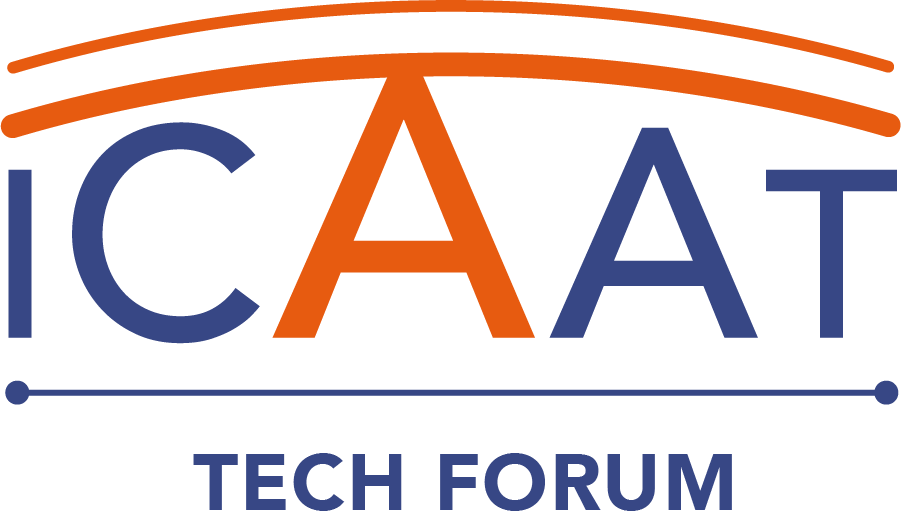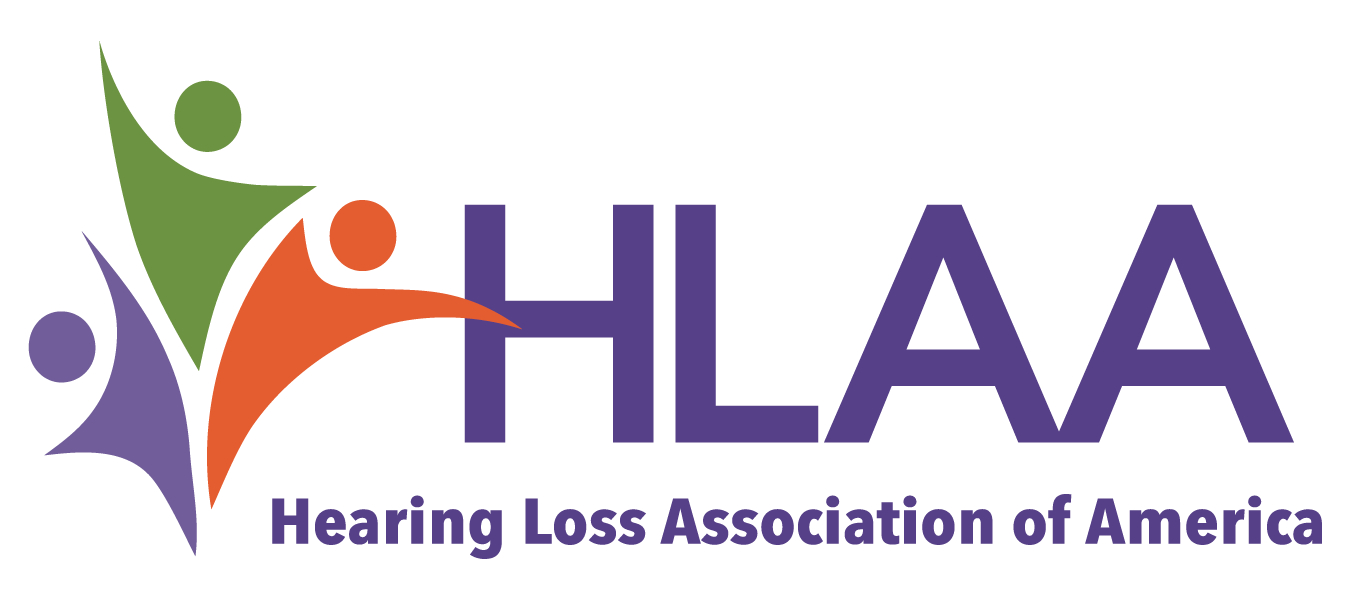Posted:
Interoperable Video Conference Services (IVCS) use and offerings have exploded since the onset of the Corona Virus pandemic. Millions of individuals use these platforms to conduct work meetings, communicate with family and friends, access medical care and services, and to participate in private, civic, and public social, cultural, and societal events. However, for individuals with disabilities, especially with speech, hearing, and blindness, these platforms provide inconsistent user interfaces, accessibility, and usability.
Some platforms have inconsistencies in the activation, display, and quality of automated captions. Other platforms may have difficulty in spotlighting and pinning interpreters. While other platforms may be unable to seamlessly integrate Communication Access Realtime Translation (CART) services. Finally, some platforms lack user control over accessibility settings.
Consumer organizations such as the Hearing Loss Association of America (HLAA), the National Association of the Deaf (NAD), and TDI for Access are asking for your feedback on IVCS platforms to inform policymakers who regulate in this space.
Please let us know:
- Which platforms have you used?
- Which platform(s) do you prefer to use and why?
- Which features on your preferred platform(s) do you use and are they easy to customize for your use?
- Which platform(s) do you avoid using and why?






Comments
Permalink
Submitted by Anthony Ferack on Tue, 04/30/2024 - 7:15 pm EDT
I've used Zoom, Meets, Teams, and most recently, one called Big Marker. Zoom is the best since it gives the user the most control of the captions. It even allows me to save the transcript. Big Marker was not good. Only a single line of captions that were hard to follow. No control of size or location either. The captions did not come on when I clicked the CC button but did come on when I turned them off and then of again. I'm not as familiar with Meets and Teams.
In reply to (No subject) by Anthony Ferack
Permalink
Submitted by ICAAT Tech Forum on Thu, 05/02/2024 - 8:18 pm EDT
Anthony, you mention a preference for Zoom because of the control the user has over the captions. Which caption controls do you use and are they easy to customize for your use?
Permalink
Submitted by Barbara Robertson on Wed, 05/01/2024 - 8:30 pm EDT
I have used Zoom, Teams, and GoTo Webinar. I find Zoom to be most Deaf-friendly so far as the end-user controls allow us to pin ASL interpreters and to control the size of shared content relative to the size of the interpreters' video frames. In theory Teams should provide tools (mostly on the organizers' end at present) to make meetings accessible for people using ASL to communicate. But most organizers won't be aware of these tools or how to use them, leaving Teams meetings mostly inaccessible as the video frames of the ASL interpreters and Deaf attendees will be too small to be usable. Either Zoom or Teams allows third-party captioners and have AI transcription built in. But ASL accessibility remains an issue. I haven't used GoToWebinar as much but didn't find it accessible for either ASL or captioning when I used it.
In reply to (No subject) by Barbara Robertson
Permalink
Submitted by ICAAT Tech Forum on Thu, 05/02/2024 - 8:33 pm EDT
Barbara, have you ever provided feedback directly to either MS Teams or GoTo Webinar about ASL accessibility on their platforms? If so, what kind of response did you receive?
Permalink
Submitted by Mary Jarrett on Tue, 05/07/2024 - 3:14 pm EDT
I attend continuing education webinars by law firms and it is not always obvious what platform is being used. I also attend a national convention for people with a particular health condition. I attend virtually and after 2 years still had trouble last year getting captioning. So I used AVA to caption which worked very well. In the last year I have otherwise found captions more available. But configuration controls are still less available. Zoom provides the best controls and accuracy. Better preloaded vocabulary for the specific topic is the next big challenge. PowerPoint provides general captioning of presenter and audience, and it is very accurate, including any terms of art found in the presentation or notes.
In reply to (No subject) by Mary Jarrett
Permalink
Submitted by Neil Snyder on Mon, 05/13/2024 - 2:14 pm EDT
Mary, do you not have the comfort level to reach out to law firms to provide continuing education via more accessible platforms? Which platform was it?
Thank you.
Neil